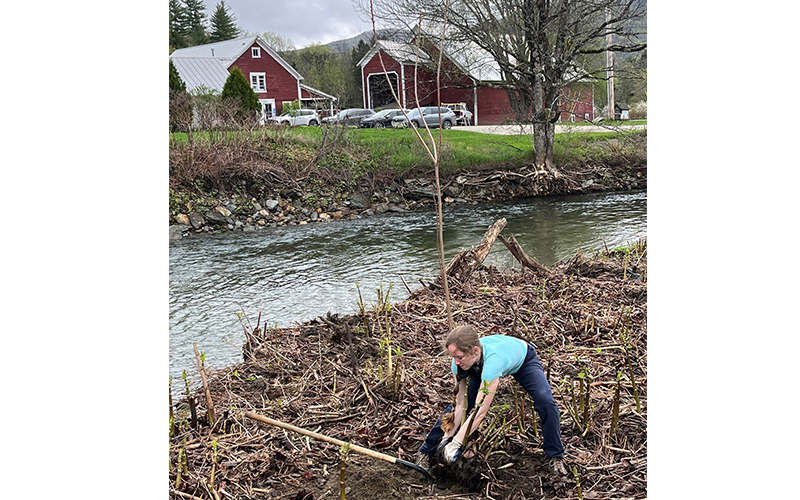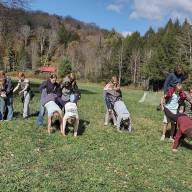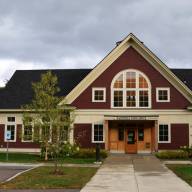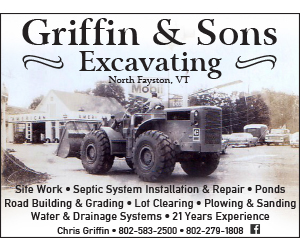Fifteen high school students and two teachers from South Burlington High School are in The Valley for an immersive learning program called The Big Picture. What they are immersed in currently is knotweed and learning about local efforts to manage and eradicate it.
In the Mad River Valley, local knotweed work is managed by the conservation commissions from Warren, Waitsfield and Fayston, plus UVM students, volunteers, and some goats. Curt Lindberg, chair of the Waitsfield Conservation Commission, explained that one of the themes for this semester’s Big Picture class at South Burlington High School is watershed health.
He said the students are spending a lot of time out in the field and that last week they’d visited the Vermont Center for Ecostudies, looking at vernal pools. They also spent time working with the Lake Champlain Basin Program and through that program were spending four days in The Valley.

While here they spent time reviewing knotweed work on Barton Road in Fayston and at Farley Park in Waitsfield. They worked at Riverside Park in Warren as well.
“While they’re here, we’re talking about the impact of invasive species on ecosystems and showing them some of the impacts here in The Valley such as destabilized riverbanks, plus knotweed stands that have no other native plants or shrubs and herbaceous plants growing – just a monoculture of knotweed,” Lindberg explained.
Lindberg said that when the students showed up the first time, they had thoughtful prepared questions to ask and he said he understands that they have to undertake thorough research for the last.
“It’s a serious effort and the whole class does a presentation at a science fair at the end of the semester,” he said.
“They got a lot done here and they helped us out a lot,” he added.
This is not the first time that the local knotweed warriors have teamed up with students. In addition to regularly working with UVM students, the locals have worked with Harwood Middle School students as well.
“They helped us with some work on the Austin parcel with knotweed removal and some plantings of willow fascines,” he said.
Willow fascines are 10-foot lengths of willow branches that are bound together and laid down in a trench. The horizontal lengths quickly begin to root vertically and grow quickly and can be used for bank stabilization.
“The roots go down and the young stalks go up and the banks get stabilized,” Lindberg added.













